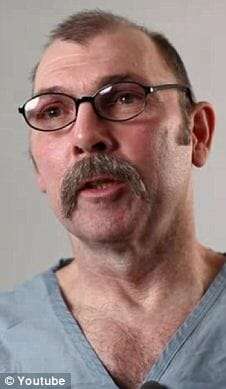Jan Brawner Mississippi Execution
Jan Brawner was executed by the State of Mississippi for the murders of four people. According to court documents Jan Brawner would go to his ex wives home and murdered her, their daughter and her parents. Jan Brawner would be arrested, convicted and sentenced to death. Jan Brawner would be executed by lethal injection on … Read more








